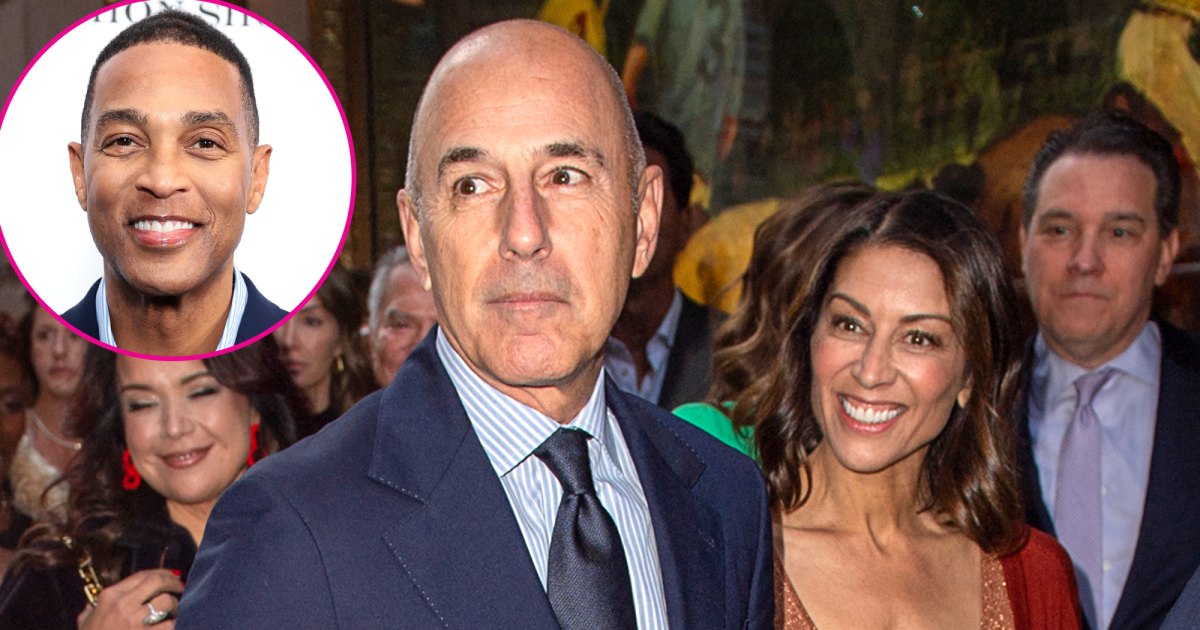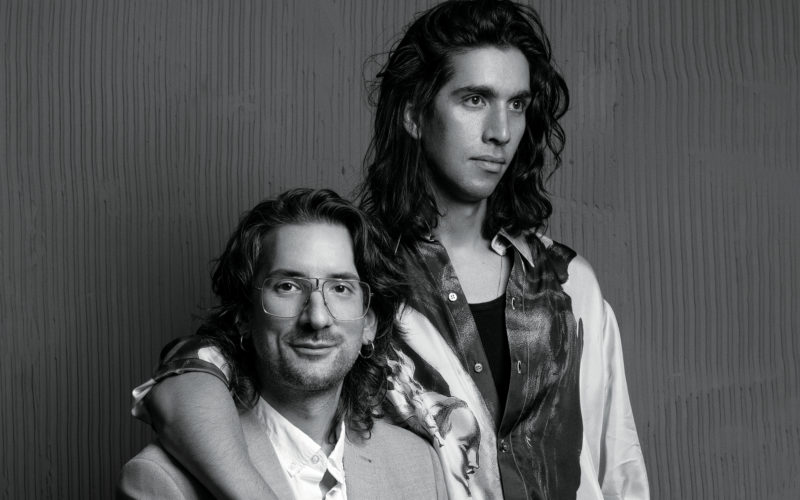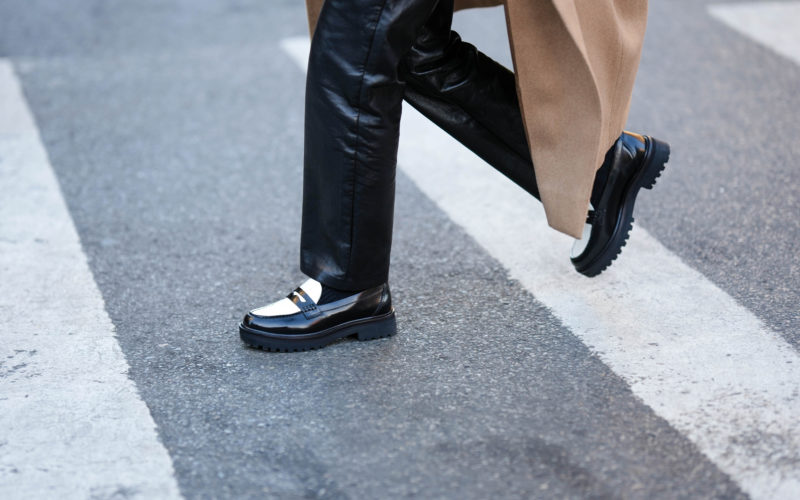COVID will evolve to evade popular antiviral treatment Paxlovid, a critical line of defense for the unvaccinated and those at risk of severe disease and death from the virus—of this, Deborah Birx is certain.
During her time as White House COVID response coordinator under former President Donald Trump, from March 2020 through January 2021, Birx oversaw the development and widespread distribution of COVID tests, treatments, and vaccines. American innovation in combating COVID, however, slowed to a crawl after the initial hurried push—and it leaves her frustrated and worried about the future, as the virus continues to evolve to pick off COVID treatments and chip away at the protection that vaccines provide.
“I’ve been really upset that the federal government has not prioritized next-generation vaccines that are more durable, next-generation monoclonals, and long-acting monoclonals,” Birx told Fortune in an interview at the magazine’s Brainstorm Health conference, held earlier this week in Marina del Rey, Calif.
Omicron is mutating to bypass the initial arsenal of weapons developed for use against it. Already, Omicron’s changes have rendered every universal monoclonal antibody treatment—administered to people at high risk of hospitalization and death—useless. Eventually, it will take down Paxlovid, too, Brix says.
She added: “If we lose Paxlovid, we could easily double the number of deaths,” which currently sit at just over 1,000 per week, according to data from the U.S. Centers for Disease Control and Prevention.
‘We’ve lost ground’
As the U.S. COVID public health emergency (PHE)—slated to end May 11—draws to a close, Birx is concerned that apathy has overtaken common sense. She says she’s more worried about the lack of progress on vaccines and therapeutics than she is about the government declaring an end to the COVID crisis.
“If they were ending the PHE and I could say, ‘Okay, we now have three therapeutics, we have better monoclonals, we have a more durable vaccine’—instead, we’ve lost ground in therapies for those who are vulnerable,” she said.
Thus, the end of the PHE is not a victory, she maintains—far from it.
“Right now, we’re just accepting that 270,000 Americans died last year,” she said. “Two-hundred and seventy thousand. We’re going to easily lose over 100,000 this year. That, to me, is not success.”
Birx continued: “You don’t want to back yourself into controlling the pandemic because all the vulnerable Americans have died. That’s not how you win in public health.”
Annual summer and winter surges
As for the future of the pandemic, nothing is certain. Birx points out that wastewater levels of the virus are virtually the same as they were a year ago, and that every year so far we’ve seen summer and winter surges—signaling that the virus is now seasonal, like the flu.
When it comes to COVID, “we’ll have a summer surge, and we’ll have a winter surge,” like we have had in years past, she said, adding that surges have become less dramatic lately due to a high level of population immunity.
Birx says it remains to be seen whether COVID becomes more deadly. Omicron has become so highly transmissible that it’s virtually stuck in evolutionary stasis, with new variants incredibly similar to the previous one. To get unstuck, sometimes viruses will evolve to become less infectious but more severe—”so it’s just a matter of tracking it.”
Americans have accepted repeat infections, Birx says—and while such frequent infections have helped blunt spikes in cases, they also bring along with them a “high level of long COVID,” she said.
Brix called for wastewater monitoring at every American embassy overseas, asserting that such testing would give scientists an idea of how COVID, the flu, RSV, and adenovirus are circulating globally. Doing so would allow them to better prepare for surges to come.
New York ‘wouldn’t have happened’ with better planning
We’ve missed the mark before, and without proper surveillance, we could miss it again, Birx warns. Case in point: The nation’s pandemic preparedness plan “failed immediately”—in the first week of the pandemic, she says—when those involved didn’t realize that COVID could be transmitted among people who had no symptoms.
Early in the pandemic, the bulk of those hospitalized were 50 and older. But “there’s never been a pandemic that only infects certain age groups,” she said. Just because those under 50 generally weren’t hospitalized didn’t mean they weren’t being infected. “You had to know there was a spectrum of disease and a lot of asymptomatic spread.”
When Birx joined the White House COVID response team in early March 2020, COVID testing was only available in public health labs. She gathered private companies in a hurried push to develop and manufacture tests that could be made widely available, an effort that took six weeks.
“Imagine if we had done that in the end of December, beginning of January,” she said. “New York and all of those fatalities wouldn’t have happened, because we would have seen it at the very beginning.”
‘We’re not ready’ for the next pandemic
As for the next pandemic—whether it’s a future evolution of COVID, the bird flu, or something different entirely—Birx says the U.S. is unprepared—and is perhaps even less prepared now than it was on the eve of COVID-19. In large part, that’s due to the lack of involvement of private companies in governmental pandemic planning—and a rapid-onset amnesia of lessons learned over the past three years.
When she called on private companies shortly after assuming her position, they stepped in and saved the day, she says—and countless American lives. The companies missed out on revenue when they diverted supplies to safety net hospitals that paid less, rearranged their supply chains, “and dropped all pretense of competition and just helped,” she said.
“The group that saved Americans was the private sector. To not have the private sector at the table makes certain that we’re not going to be prepared.”
Birx called for researchers to be more cautious when conducting lab experiments with viruses like COVID and the bird flu. At the moment, bird flu doesn’t easily infect humans—a trait that prevented coronaviruses SARS and MERS from becoming larger problems in the early 2000s.
But that could change quickly and easily, if researchers modify the bird flu to easily adapt to humans—a move that, in case of a lab leak, could put humans permanently at risk, she says.
As for whether the COVID pandemic started from a lab leak in China or an animal-to-human spill-over event in the Wuhan wet market or elsewhere, Birx doubts we’ll ever have enough data to say definitively.
We can—and should—guard against both scenarios, going forward, she maintains.
“We ought to be putting systems in place to prevent lab leaks,” she said, “and we should be putting systems in place to prevent leaks from wet markets.”


















:quality(85):upscale()/2023/09/13/661/n/1922564/e914a1066501cc897903d6.08615338_.png)









